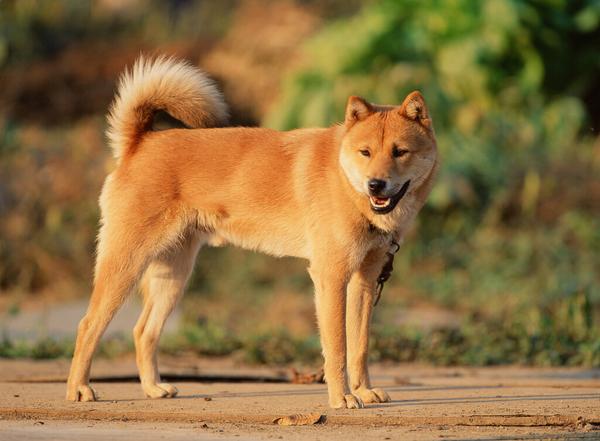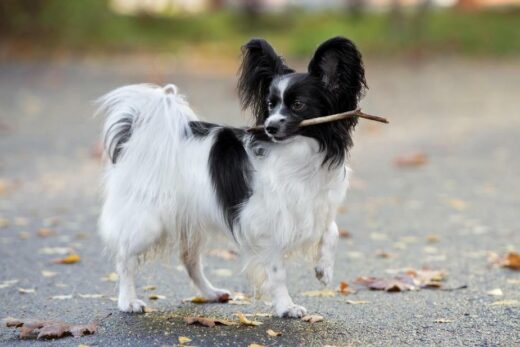
Dogs have a long and spotted history in North and South Korea, bred and kept chiefly for their keen guarding skills, hunting prowess, and meat. Over the last few decades, dog meat consumption dropped significantly with changing cultural norms and values of a newer generation.
We see some beautiful South and North Korean dog breeds come from the region, with the ancient Jindo, the most commonly known and the official national dog breed of South Korea.
Most people don’t realize that several beautiful South Korean dog breeds make sweet and obedient pets to adopt. Because these dogs were largely bred as work animals, most Korean breeds tend to listen well to their owners with the proper training.
Interested in learning more about Korean breeds? Read more about how dogs entered Korea and our favorite fluffy Korean breeds below.
A brief Korean dog history
East Asian Korea splits into two states, and both are home to some incredible Korean rural dog breeds.
According to historians, dogs first came to Korea from Mongolia after a 13th-century invasion. After a successful takeover, the Mongols brought their best friends along with them – the Bankar dog. Since then, we’ve seen several breeds emerge from the area, likely through the same selective breeding we see in practice all over the world.
5 Popular Korean Dog Breeds
#1: The Dosa
The Dosa, or Korean Mastiff, isn’t a tiny pup by any measure. While some might be intimidated by their size, these dogs are sweet as pie. Their good nature and massive wrinkles make them super-huggable, and they’re perfectly bred for companionship.
One downside is their inability to listen, as they’d much rather take the role of pack leader, but proper training can help balance the power dynamic. Dosas love to mind the children in their family as big, furry caretakers, and they get along well with other dogs.
These dogs get big at up to 185 pounds and have a short, smooth coat with beautiful deep brown or red coloring. To save their joints some stress, you may want to invest in a bed ramp for dogs so they can easily get up and down quickly, even into old age.
Dosas originated in the late 1800s, from what researchers can tell, and these unique-looking pups can sell for a pretty penny as show dogs.
- Average Height: Up to 30 in
- Average Weight: Up to 185 lbs
- Average Lifespan: Up to 10 yrs
#2: The Jindo
Some may remember the most popular of all Korean breeds, the Korean Jindo, from the opening ceremonies of the 1988 Olympics in Korea. They earned their moniker as the national dog breed of South Korea by being a fantastic all-around pet.
Jindos are one of the small Korean dog breeds, which mostly tend to be quite large, working dogs. The Jindo is a great hunting companion and guard dog – Koreans tried to train these pups into military dogs, but their hunting instincts proved to be too strong.
Instead, you’ll often see Jindos used for and excelling at search and rescue jobs, which suits their brave and courageous personalities well. As long as it’s a land search, they’re fine, as Jindos don’t like to swim or even head into the rain.
These pups are so fiercely loyal to their owner that there’s an old Korean tale that one Jindo walked 300 km to find and reunite with its owner. Adopting a Korean Jindo means making a best friend for life.
As intelligent hunting dogs, Jindos are full of energy. This breed needs plenty of exercise, training, and socialization. Korean Jindo pups get along well with and enjoy being around people and children.
- Average Height: From 18-22 in
- Average Weight: From 30-50 lbs
- Average Lifespan: Up to 14 yrs





